You don’t have to read survival groups and forums long before you will hear someone claim the lines of, “I know this guy, who knew a guy, who was a medic in the war … and he used tampons instead of trauma dressings. He swore by them, so I tried them, and they worked great, so now I won’t carry anything else!”
Tampons are made to soak up blood, after all. So, why shouldn’t they work? Isn’t that what trauma dressings do? They’re made of cotton, aren’t they? From here, it’s a short leap to use tampons as field-expedient water filters, charring them to start fires with flint and steel, mixing them with Vaseline for fire starters … and pretty soon, you have a survival kit made of nothing but feminine hygiene products.
Have you ever played a game of telephone? (It’s the children’s game where you whisper a message into someone’s ear, and they pass it to the next person, and it’s surprising how few times it takes to get changed into something that barely resembles the original sentence.) I suspect that is what has happened here. It sounds like what started as truth got modified or adulterated a little each time it was retold until some of the stories circulating today bear little resemblance to the original.
Let’s start with a kernel of truth ….
The Origin of Tampons Being Used to Treat Gunshot Wounds
The Napoleonic Wars saw many medical innovations, including:
- Triage – Military physicians treated wounded according to rank or station instead of the severity of wounds. If the king had gas, he got treated before a conscript who was bleeding to death. Only it wasn’t just the king. It was everyone higher in station than our conscript friend, so a severe wound was a death sentence for the infantry of low rank. The French Revolution changed everything, and the guy in most urgent need of medical intervention got treated first (unless you’re a boyfriend of Mario Cuomo’s daughter, then you get a COVID vaccine ahead of at-risk seniors. New York is a few centuries behind the civilized world).
- The Ambulance Volante – Although the name means “flying ambulance,” it was drawn by horses.
- Amputation – Doctors began sawing off limbs to prevent the spread of infection,
- The Tampon – The name loosely translates as “plug.” French physicians began using battlefield dressing based on the design of the article of female hygiene.
Yes, doctors literally “plugged the hole” by inserting a dressing that resembled a tampon into musket wounds.
I bet some of you must be thinking, “I have inflicted, seen, and/or treated numerous gunshot wounds, and there is no way I could have plugged any of them with a tampon!” Bear with me here.
In the Napoleonic Wars, the most used firearm in that conflict was the Charleville – a smoothbore musket of .69, .70, or even.71 caliber. Usually fired a little round musket ball (to reduce powder fouling) of around .65 caliber from a paper cartridge at 1,000 to 1,100 feet per second. The permanent wound cavity that resulted when a man was shot with a Charleville was vastly different from the wound cavities left by modern rifled firearms firing high-velocity ammunition.
The chief difference is that Charleville poked a hole like a pencil (albeit a big, fat one) instead of inflicting a roughly cone-shaped permanent wound cavity and a lemon-shaped temporary wound cavity. The caveat is that wound cavitation from modern ammunition seems only to be cone-shaped in ballistic gel or when you shoot big game broadside in the chest cavity when the shot enters between the ribs. My own experience has been that gunshot wounds range from poking a tiny hole, tearing a giant gash, and bouncing around internally like a ball in a pinball machine (if the pinball opened like a jagged metal parachute). I have yet to see a gunshot wound inflicted by a modern firearm firing modern ammunition that I could have stuck a tampon in and called it good.
Could it happen? Sure. All you’d need is a large and heavy bullet traveling slow enough, and it would poke a hole.
Tampons vs. Trauma Dressings
When treating gunshot wounds, most of the preventable deaths are patients who die from bleeding. Therefore, the priority is usually to get the bleeding stopped. The simplest way to do that is usually to apply trauma dressing followed by direct pressure. Sometimes the wound must be packed first. Sometimes hemostatic gauze is used (when the bleeding is severe.) Direct pressure doesn’t always work, but it’s usually the first thing you try.
So, let’s compare a tampon to a trauma dressing. A tampon is one or two 2″ x2″ or 2″ x4″ sections of gauze rolled up on a stick, whereas a 4″ trauma dressing is usually comprised of a strip of gauze 4″-wide and 12′ long, z-folded, and compressed into a pad and topped with a gauze pad. Some add an occlusive layer, pressure bar, and other bells and whistles. You’d have to use between 36 and 72 tampons to achieve the same result.
At $0.25 each, that’s up to $18 of tampons to do the job of one trauma dressing. So, even the most expensive trauma dressings are still cheaper than tampons.
While some gunshot wounds bleed very little, others will swallow an entire 4″ x 12′ package of compressed gauze used to pack the wound, secured by a second trauma dressing on the exit wound and then the third trauma dressing on the entry wound. On injuries like this, a tampon would just get lost in the damage.
One gunshot wound that I treated presented a small entry wound, some internal injuries (which were unknown to me at the time), swelling, extreme sensitivity to even the slightest touch, no exit wound, and minimal bleeding. Before trying to stick a tampon in a gunshot wound like that, I would strongly suggest that you disarm the patient first (or render them unconscious) because there is no way they are going to let you poke even a tiny needle into a painful mass of raw nerves, swollen flesh, and splintered bone … much less a tampon.
What About Feminine Hygiene Pads and Diapers?
Suppose you are putting together a trauma kit, stock it with trauma dressings, compressed gauze, a tourniquet or two, 2″ tape, gloves, and some BZK wipes. If you want to go the extra mile, add a 2-pack of vented chest seals, but I recommend that most folks leave the nasopharyngeal airways, surgical lubricant, and chest darts to the medical professionals.
Even ER doctors misdiagnose tension pneumothorax about 30% of the time, so if your medical training consists of a few basic certifications like first aid, WFR, WEMT, and maybe a couple of tactical trauma classes, you could end up doing more harm than good with a chest dart or performing a cricothyrotomy. You could even get sued if you treat a patient beyond your level of training. Carrying advanced lifesaving equipment that you are only marginally trained to use could potentially strengthen an attorney’s legal argument.
Along this same vein of reasoning, feminine hygiene pads and diapers are designed to soak up body fluids or excrement and prevent them from leaking (and sometimes to contain and mask foul odors), not stopping severe bleeding and promoting healing. At most, a woman loses 60-80ml of blood during a period (about 1/3 of a cup). Some gunshot victims only bleed a few drops, but some lose pints if left to bleed. Even if a tampon, pad, or diaper can soak up pints of blood, the patient will still die unless the wound clots and stops bleeding. The efficacy of a dressing in saving a life is based on promoting clotting and healing more than absorbency.
Have there been cases where a tampon, feminine hygiene pad, or diaper may have served as a dressing in a pinch? Quite possibly. But even if they have, that doesn’t mean they are what you should reach for in an emergency. If you have the choice, use the right tool for the job.
>>> GET THE BOOK TO DISCOVER MORE <<<


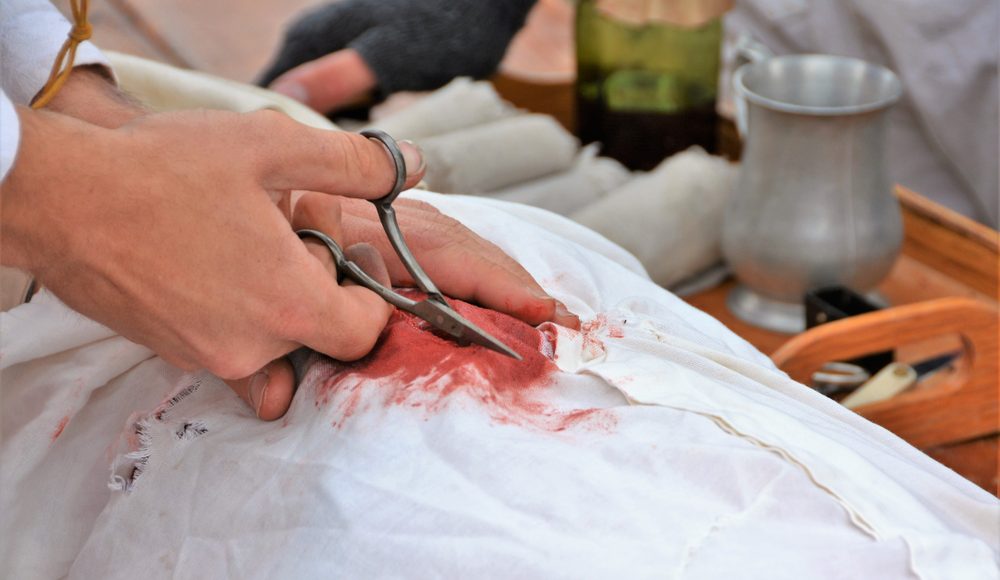

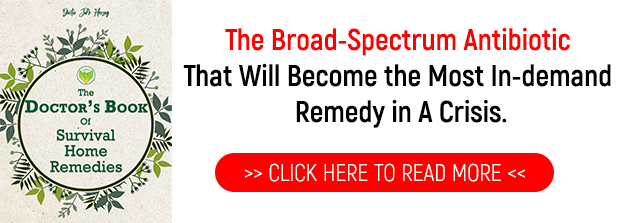
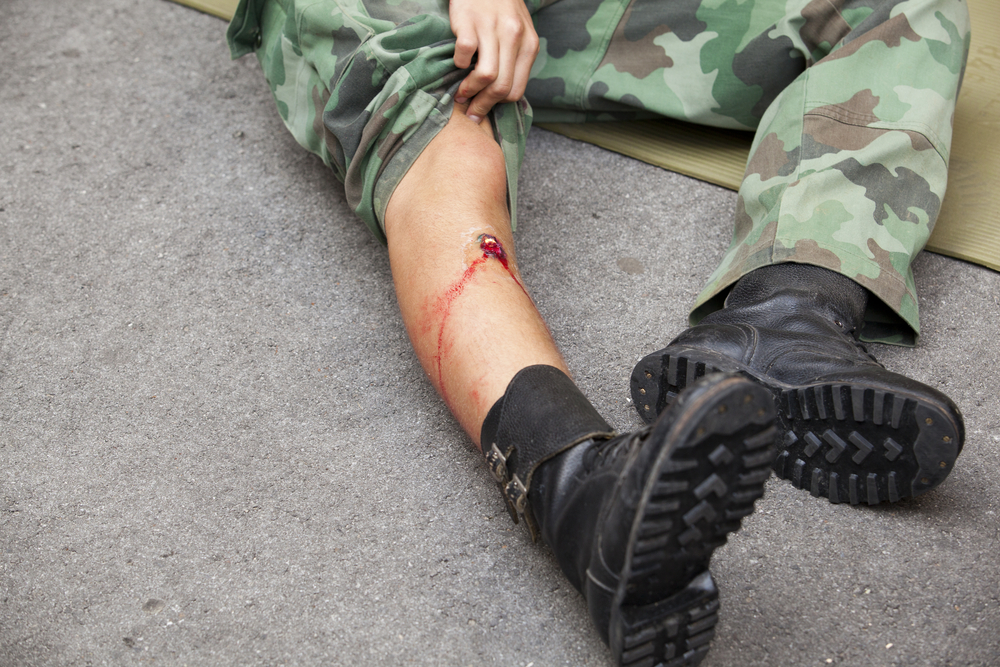
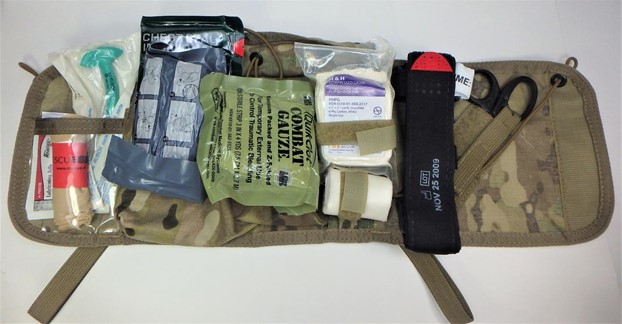
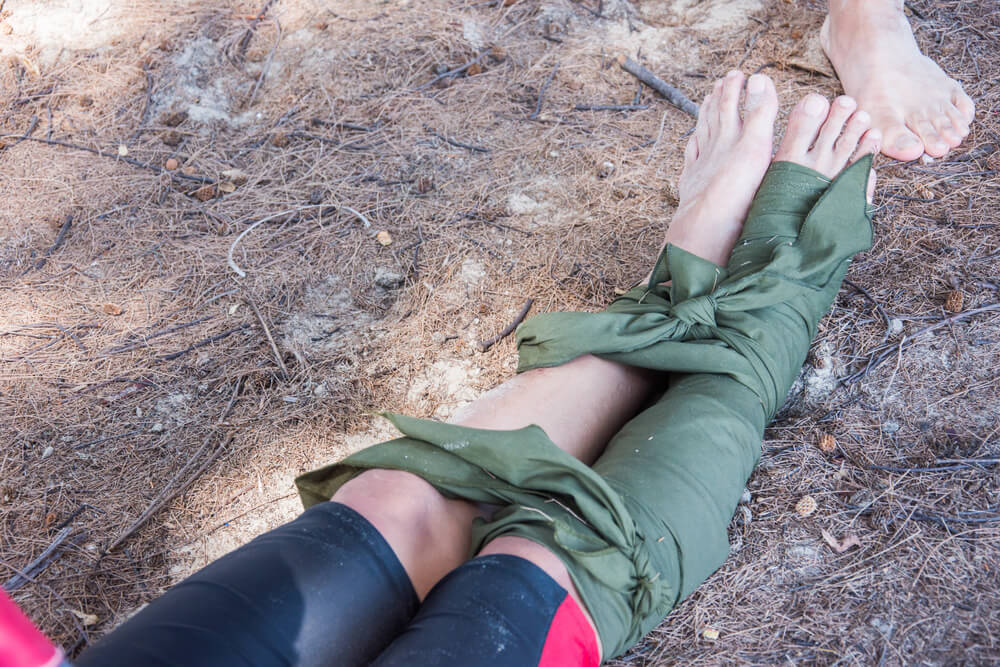
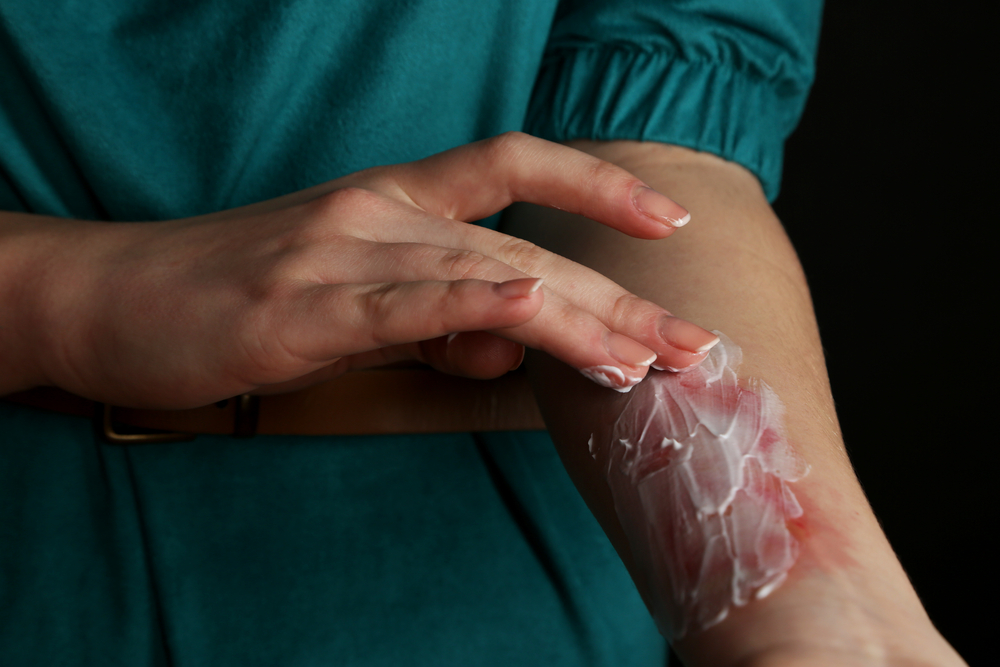

leam | October 1, 2021
|
Correct. Additionally, there could potentially be gunshot wounds that will require anesthesia, open excision, lavage, cautery, ligation, and repair that is beyond the purview of the majority of even medically licensed preppers. (Yes, first aid is good, but it’s called “first aid” for a reason)
Arthur | October 4, 2021
|
Thank you for dispelling that myth. I’m sure there are other myths that need your expertise.
James | October 27, 2021
|
Good information for gun shot wounds. But in most situations wounds are from other means and thus, low velocity. In Viet Nam tampons were sometimes used for shrapnel wounds. I had one put in a wound I received, in my side. There were a lot of grunts that carried them, as well a feminine napkins (Which covered larger wounds than the issued combat bandage could.). I really enjoy your writings, and have learned alot. Hope more peoplewould follow you.
Mack | November 10, 2021
|
We used them in Iraq and Afghanistan.
Mack | November 10, 2021
|
I seen them used a couple times on my second tour to Iraq in 2004. One was a close quarters ak47 to the side from maybe 10′ away. I seen them drag him out and plug it right there. It was his right side just below his ribs. Corpsman rolled him over and plugged it with a kotex and we put him on an LRV. It was a tight fit and the guy probably should have did more than just grunt and grit his teeth if he wasn’t so out of breath.
David Jones | May 31, 2022
|
This product as well as new wound gel dressings would be useful to carry in first aid kit as emergency response times are ridiculous and ambulances are tied up queuing at emergency units waiting to off load patients. A ideal kit for first responders. Home and travel first aid kit should carry these types of wound care products.
Bo | July 10, 2024
|
I just recently discovered this site and reading this article makes me think the author has no firsthand experience in dealing with on-scene major trauma. My background, some 50 years ago, I was an Army medic on a SAR/Recon team someplace overseas. We were not always appreciated by some of the locals. I have been shot at more than once, and I have drawn weapons on other people more than once. When I got out, I became an RN and spent more than 30 years working civilian metro ERs seeing major trauma to include more GSW patients. I have seen more SHTF cases in one year in the ER than most people see in a life time. Oh, I saw a few of those when I was overseas.
I do not know where he got the figure on ER docs missing 30% of tension pneumos, unless he is going back to the says before Emergency Medicine was its own specialty, somewhere around 50 years ago.. I have seen more tension pneumos than I can count who came in by EMS and were quickly treated. I was trained in placing needles for decompression in the Army and have done a few over more than 40 years of practice. One of the clinical signs is tracheal deviation as well as increasing dyspnea, decreased O2 sat and altered vital signs. It is pretty obvious to anyone who has spent any time in the field or in the ER. He knows not of what he speaks
Also the author has no clue as to how tampons have been used by medics. I have known several medics who played in the Sandbox going all the way back to ’91. More than a few have used tampons to insert into the wound to tamponade the bleeding and it has saved a number of lives. His statement about someone stopping you from doing that is indicative that he has never been under fire, treating wounded. As someone who has BT,DT, there is a lot that gets done under that kind of stress. He talks about packing a wound, that is what the tampon does. It soaks up the blood, swells up and occludes the bleeding. Any kind of pressure dressing is all external intervention. A tampon is internal without resorting to surgery. You cannot lay it on the wound or across the wound because it will not work.
I read the author’s credential and shake my head. IF he had performed a little due diligence by seeking our experienced military medics with time in the field under fire, he would not have embarrassed himself by exposing his ignorance. and from his article alone, and its lack of credibility, I find it hard to believe that there is anything worthwhile here. This author deals in could be’s and I think rather than the reality that many of us have lived for decades. Henry Rollins once said “Knowledge without mileage is B+++$#!+” This aothor may have knowledge but ZERO mileage doing the real thing.